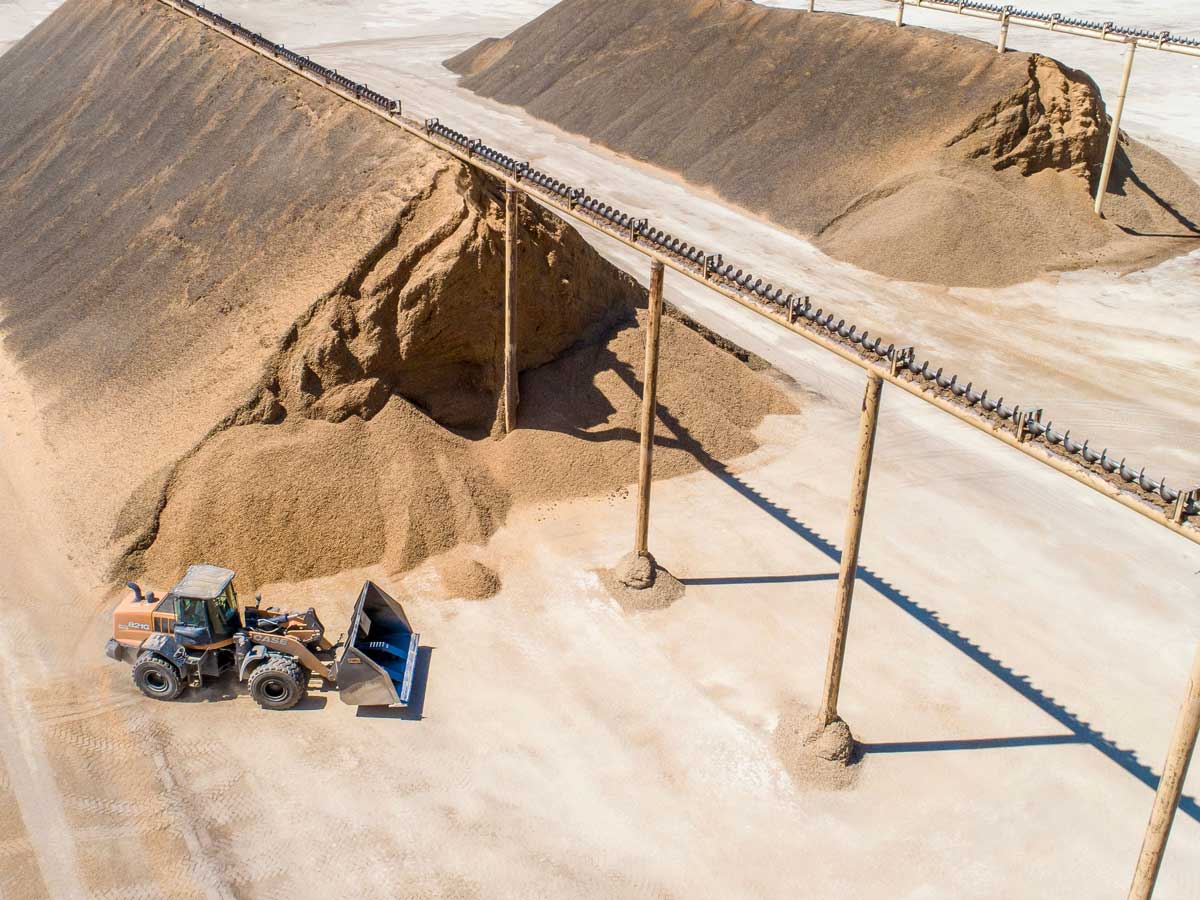
Conditioning windrows before they are picked up from the orchard floor can bring added value almond growers.
Mike Kelley, president and CEO of Central California Almond Growers Association, said like many other California almond hulling and shelling operations, CCAGA is now charging on a delivered weight basis, an incentive for growers to send cleaner loads to hullers and shellers.
Cleaner product delivered to the processor not only saves freight costs, but also helps improve almond hull feed quality for dairies, the largest market for this almond by-product. Growers who use a conditioner to remove sticks, dirt and other orchard debris from the windrows deliver a cleaner product, enabling hullers and shellers to deliver a higher-quality dairy feed.
Kelley said it is important to maintain quality of almond hulls delivered to dairies as it maximizes value for the grower. Almond hulls for dairy feed cannot exceed 15% crude fiber, 13% moisture and 9% ash. Almond hull and shell is defined as more than 15% but less than 29% crude fiber. Sticks and shells in the samples add to the fiber content of the samples, but add no nutritional value, lowering the value of the product.
“We’re told the cows push the sticks aside, but dairymen don’t want to pay for the extra weight they add to the product,” Kelley said.
Kelley said processors work to meet CDFA standards for almond hulls, recognizing different varieties of almonds have different hull fiber content. Nonpareil typically has 11% to 12% fiber while pollinator varieties have a higher percentage. Varieties can be blended to keep crude fiber content below 15%, but it is not always easy. Kelley said they sample fiber levels in the hull line to determine the blend.
“We try to go lower to give us a cushion,” he said.
Central California Almond Growers Association is a cooperative and sells hulls to a group of dairies. To preserve a good relationship with the producers, Kelley said CCAGA strives to deliver a quality product.
Dairy nutrition consultant Jed Asmus noted that the purest form of almond hulls, those with the least amount of shell, will demand the most value and could demand a higher premium. Contamination of hulls with shell reduces the feed value through dilution and reduces the value of the product.











